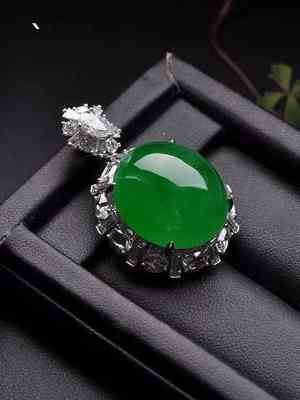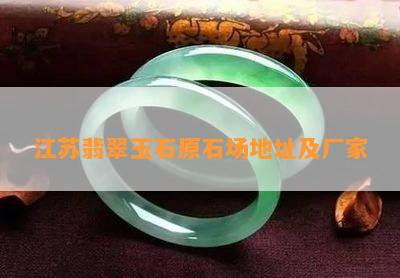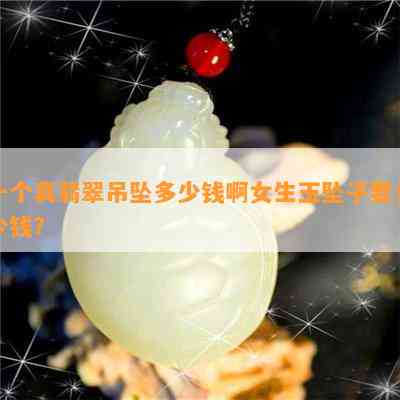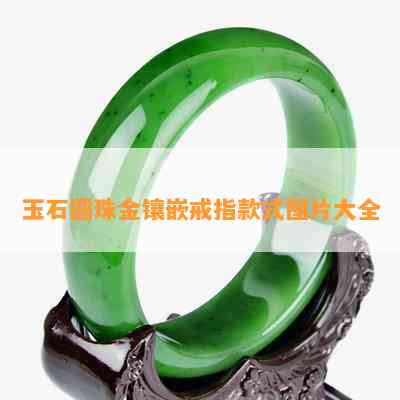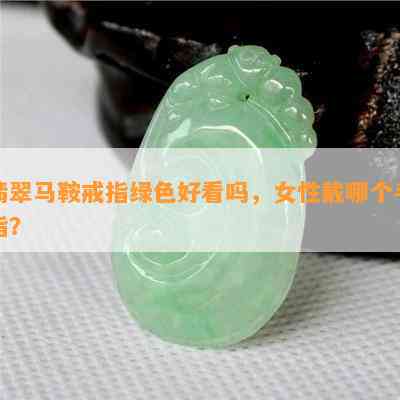原来翡翠也可以这样切的英文翻译及翡翠怎么切
原来翡翠也可以这样切的英文翻译及翡翠怎么切
Introduction:
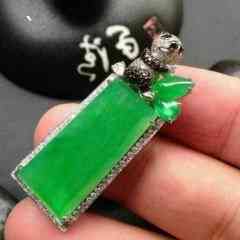
Jade, a precious gemstone known for its vibrant green color, has been treasured by civilizations for centuries. It is commonly used in jewelry and carvings due to its beauty and cultural significance. However, few people are aware that jade can be cut and shaped in various ways to enhance its appearance and value. In this article, we will explore the different cutting techniques used for jade and how it can be transformed into exquisite pieces of art.
1. Traditional Cabochon Cut:
The most common and traditional way to cut jade is the cabochon cut. This involves shaping the jade into a smooth, rounded, and polished dome-like shape. The simplicity of this cut allows the natural color and patterns of the jade to shine. Cabochon-cut jade is often used in rings, pendants, and bracelets.
2. Faceted Cut:
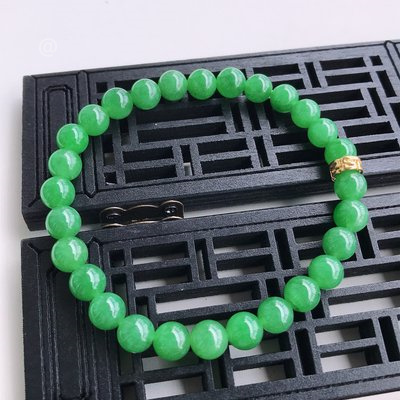
While cabochon-cut jade emphasizes the stone's natural beauty, faceted cuts enhance its brilliance and sparkle. Faceted cuts involve creating multiple flat surfaces, or facets, on the stone, similar to a diamond. This cut requires precision and expertise to ensure the jade's integrity is maintained. Faceted jade is commonly used in earrings and necklaces.
3. Carving:
Carving is a popular technique used to create intricate designs and sculptures out of jade. Skilled artisans meticulously carve the jade to create detailed patterns, symbols, or figurines. From delicate flowers to mythical creatures, the possibilities are endless with jade carving. These exquisite pieces are often displayed as decorative art or used as statement jewelry.
4. Inlay:

Inlay is another technique used to enhance the visual appeal of jade. It involves embedding small pieces of jade into a larger jade piece or a different material, such as wood or metal. This combination of materials adds contrast and dimension to the final piece. Inlayed jade can be found in rings, cuffs, and other statement pieces.
5. Tumbling:
Tumbling is a method used to achieve a smooth, polished finish on jade beads or small carvings. The jade pieces are placed in a rotating barrel along with abrasive materials such as water and sand. Over time, the constant movement and friction create a beautifully smooth and polished surface on the jade.
In conclusion, jade can be cut and shaped using various techniques to highlight its natural beauty and create stunning pieces of art. Whether it is the classic cabochon cut, the sparkling faceted cut, intricate carving, or inlay, each technique brings out a unique aspect of jade's charm. With its rich history and versatility, jade continues to captivate and inspire artisans and collectors alike.
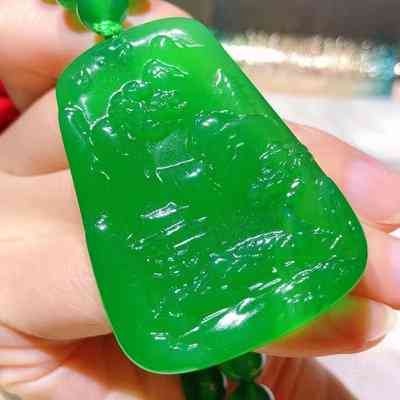
1. The Art of Cutting Jade: Unveiling Its Beauty
2. Jade's Hidden Potential: Unconventional Cutting Methods
3. Transforming Jade: Exploring Innovative Cutting Techniques

4. Discovering the Beauty Within: How to Cut Jade
5. Exquisite Jade Cutting: Unveiling the Secrets of the Craft

